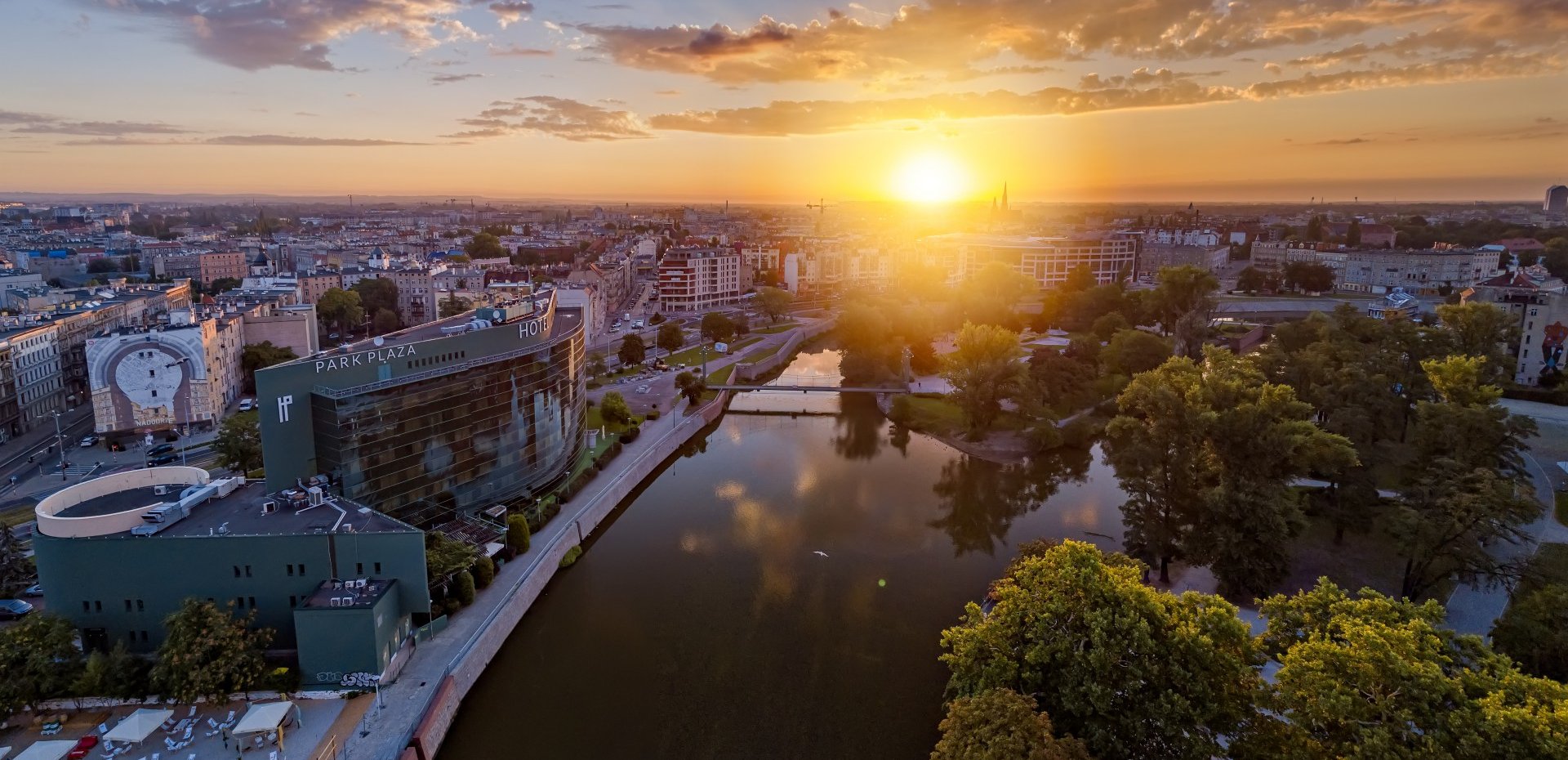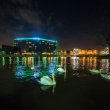Wrocław is one of the fascinating cities located along the picturesque Oder River. It stands out not only for its unique architecture and rich history but also for its exceptionally small "inhabitants." These are the famous Wrocław dwarfs. These tiny, charming creatures are an integral part of the local culture, capturing the attention of visitors like nothing else.
We invite you to explore their micro world, uncover their history, hidden secrets, and meet one particularly interesting guest – Plazuś the dwarf. We'll delve into this cultural element and answer a frequently asked question: How many Wrocław dwarfs are there?
Wrocław Dwarfs – A Historic City on the Map of Poland That Attracts Tourists with Its Attractions
Wrocław, known for its numerous facts and legends, is a city with a magical aura, where the streets are filled not only with history but also with tiny, mysterious figures that have stolen the hearts of both residents and tourists. Every step on the cobbled streets can lead to the discovery of another dwarf, showing its smile, intriguing pose, or simply its personality. It’s almost as if the city is a living museum where everyday life intertwines with mythical tales about the origins of these dwarfs and why they continue to capture attention, even among locals who have seen them countless times.
Our dwarfs in Wrocław, often no larger than small dogs, hold great significance for both locals and tourists. They are not just decorations in the Lower Silesian Voivodeship but also symbols of its character. The Wrocław dwarfs become the heroes of photographs taken by visitors who can't resist the charm of these small creatures. Every encounter with them is an unforgettable moment, full of smiles and curiosity, bringing one closer to the mystery and allowing for the discovery of even more magic in this place.
Following the trails of these little gnomes, one learns many interesting stories and legends related to the city's history. Wrocław is not just a collection of monuments and museums, but also a story about the people who created its extraordinary atmosphere. Regarding the Wrocław dwarfs, their history symbolizes the community and creativity embedded in the hearts of the city's residents.
It’s worth feeling their magic and charm, which make Wrocław such a unique place on the map of Poland and Europe. It's time to cross the boundaries of reality to discover a world full of adventures waiting around every corner of this charming town by the Oder River. For those who want to know more about the Wrocław dwarfs, information about them awaits!
The Origin of Wrocław's Dwarfs – A Full History Worth Knowing
It turns out that the legend of the Wrocław dwarfs dates back to the 1980s. It coincides with the period of communist rule in Poland. During times of repression and restrictions, the first painted figures of dwarfs appeared on the walls of buildings in Wrocław. These were times when society yearned for freedom of speech and expression, and art became a tool for expressing dissatisfaction and opposition to the regime. Often, the greatest beauty hides a heavy history that shaped the work itself.
Although initially treated as mere graffiti, the Wrocław dwarfs quickly gained special significance for the city's residents. Their cute, colorful figures became symbols of resistance and rebellion against the prevailing government. Painted on walls, building facades, and even sidewalks, the dwarfs became a form of protest, subtly commenting on both political and social realities.
With the fall of the communist regime and the beginning of political transformation in Poland, the dwarfs did not disappear from the streets of Wrocław. On the contrary, they gained popularity and began to be seen as an important element of local culture and even the city's heritage. Over time, as Wrocław evolved into a dynamic cultural and tourist center, the dwarfs became an integral part of its identity.
Ultimately, what do the Wrocław dwarfs symbolize? Today, they are not only a reminder of the past and symbols of the fight for freedom of speech but also a tourist attraction and a source of pride for the city's residents. They have become an inseparable part of the urban landscape, reminding us of the city's history and the power of creativity and determination of its inhabitants.
As it turns out, the Wrocław dwarfs are not just picturesque figures adorning the city's walls but also a metaphor for the spirit and character of the city, which, despite adversities, managed to maintain its identity. Their history is a story of struggle and rebirth, a story of a community that transformed rebellion into a symbol and resistance into creativity. Thanks to them, Wrocław not only remembers its past but also celebrates its present and future as an open, creative, and independent city.
Wrocław Dwarfs as an Integral Part of Lower Silesian Culture
While strolling through the streets of Wrocław, one inadvertently encounters the extraordinary figures of dwarfs that enrich the facades of tenement houses, surprise in squares, and delight passersby. Even restaurants in Wrocław can be their spots, inviting people to enter.
Walking through the streets of the Old Town, it’s impossible to pass by these colorful figures indifferently. One of the most famous places to spot dwarfs is, of course, the Market Square – the heart of the city, bustling with life and teeming with tourists year-round. But how many dwarfs are there in Wrocław?
It's hard to determine their exact number, but it’s commonly known that there are over 350. New ones appear quickly, so by next year, there might be over 400.
One might wonder how the Wrocław dwarfs are created. Each new dwarf creation starts with inspiration. After choosing a concept, the design phase begins. The artist creates drawings and 3D plasticine models, which are then used to create the appropriate mold for casting the sculpture. Wrocław dwarfs are cast in bronze. The sculpture is then processed through grinding and patination. The patina can give the cast a green, brown, or black color. After coloring, the metalworker performs final touches and proper protection of the sculpture. The final step is placing the dwarf on the streets of the city.
The four most popular Wrocław dwarfs are Papa Dwarf, an icon of the city located on Świdnicka Street near Plac Solny, and the first to be erected. Another popular dwarf is Wrocław, found near the Market Square on Kiełbaśnicza Street. The third well-known dwarf is Master Twardowski, located at the entrance to the Town Hall in the Market Square. Among the many dwarfs that brighten up the city's streets and squares, Plazuś stands out. The Hotel Wrocław especially appreciates him, as he brightens up its entrance. The names of the Wrocław dwarfs often reference the place where they are located, giving everyday words new meanings.
















